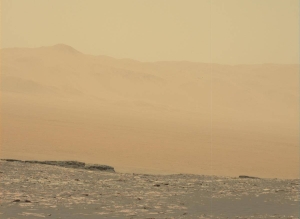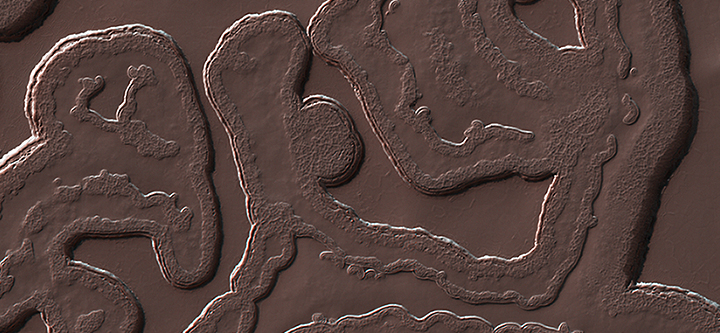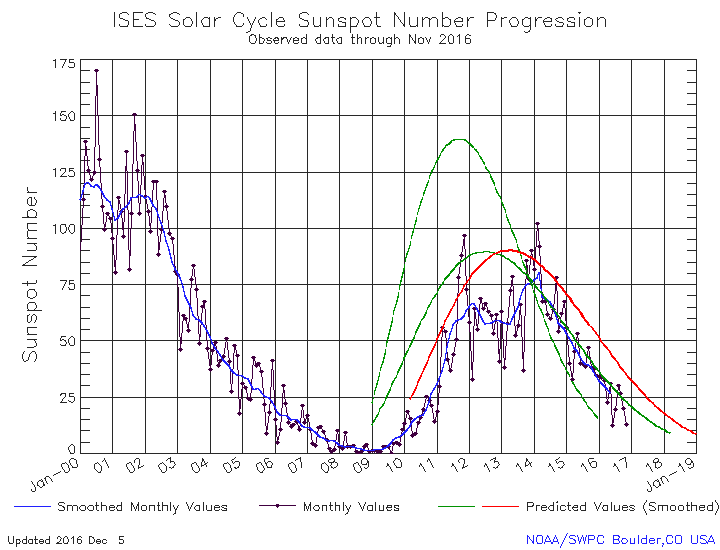Did a giant black hole eat a star?
New data now suggests that what astronomers had thought was the brightest supernova ever detect might have instead been the ripping apart of a star as it passed too close to a supermassive black hole.
In this scenario, the extreme gravitational forces of a supermassive black hole, located in the centre of the host galaxy, ripped apart a Sun-like star that wandered too close — a so-called tidal disruption event, something so far only observed about 10 times. In the process, the star was “spaghettified” and shocks in the colliding debris as well as heat generated in accretion led to a burst of light. This gave the event the appearance of a very bright supernova explosion, even though the star would not have become a supernova on its own as it did not have enough mass. The team based their new conclusions on observations from a selection of telescopes, both on the ground and in space. Among them was the NASA/ESA Hubble Space Telescope, the Very Large Telescope at ESO’s Paranal Observatory and the New Technology Telescope at ESO’s La Silla Observatory
New data now suggests that what astronomers had thought was the brightest supernova ever detect might have instead been the ripping apart of a star as it passed too close to a supermassive black hole.
In this scenario, the extreme gravitational forces of a supermassive black hole, located in the centre of the host galaxy, ripped apart a Sun-like star that wandered too close — a so-called tidal disruption event, something so far only observed about 10 times. In the process, the star was “spaghettified” and shocks in the colliding debris as well as heat generated in accretion led to a burst of light. This gave the event the appearance of a very bright supernova explosion, even though the star would not have become a supernova on its own as it did not have enough mass. The team based their new conclusions on observations from a selection of telescopes, both on the ground and in space. Among them was the NASA/ESA Hubble Space Telescope, the Very Large Telescope at ESO’s Paranal Observatory and the New Technology Telescope at ESO’s La Silla Observatory







